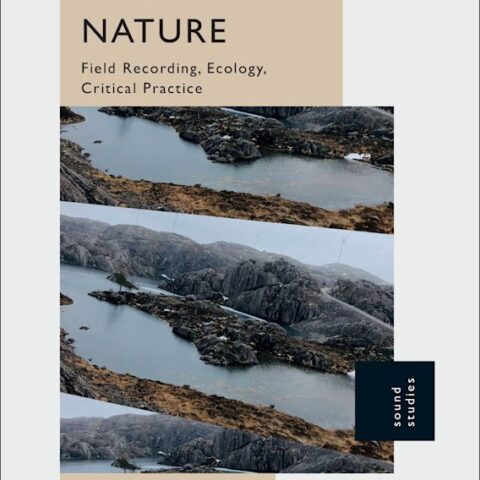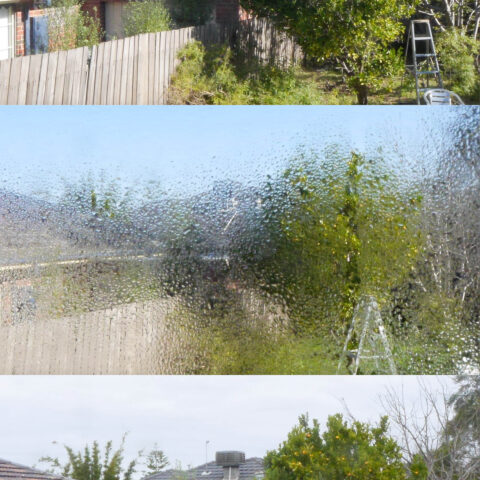A new direction for Soundscape Ecology? Toward the extraction and evaluation of ecologically-meaningful soundscape objects using sparse coding methods
By Alice C Eldridge, Michael Casey, Paola Moscoso and Mika Peck
Abstract:
Efficient methods of biodiversity assessment and monitoring are central to ecological research and crucial in conservation management; technological advances in remote acoustic sensing inspire new approaches. In line with the emerging field of Soundscape Ecology (Pijanowski et al., 2011), the acoustic approach is based on the rationale that the ecological processes occurring within a landscape are tightly linked to and reflected in the high-level structure of the patterns of sounds emanating from those landscapes – the soundscape. Rather than attempting to recognise species-specific calls, either manually or automatically, analysis of the high-level structure of the soundscape tackles the problem of diversity assessment at the community (rather than species) level (Pijanowski et al., 2011; Farina, 2014). Preliminary work has attempted to make a case for community-level acoustic indices (e.g. Pieretti et al., 2011; Farina, 2014; Sueur et al., 2008); existing indices provide simple statistical summaries of the frequency or time domain signal. We suggest that under this approach, the opportunity to analyse spectro-temporal structural information is diminished, limiting power both as monitoring and investigative tools. In this paper we consider sparse-coding and source separation algorithms (specifically, shift-invariant probabilistic latent component analysis in 2D) as a means to access and summarise ecologically-meaningful sound objects. In doing so we highlight a possible new approach for understanding and assessing ecologically relevant interactions within the conceptual framework of Soundscape Ecology.




